Best Smoothie Makers of 2025: Fresh & Healthy Drinks at Home

Table of Contents
In today’s fast-paced world, incorporating more fruits, vegetables, and nutrients into your diet can feel like a challenge. That’s where the smoothie maker comes in—a versatile kitchen appliance designed to simplify the process of creating nutritious, delicious blends at home. Whether you’re a busy professional rushing to work, a parent packing lunches for the family, or someone exploring healthier eating options, understanding the Blender for Smoothies can transform your routine.
This guide is crafted from a user’s perspective, focusing on practical information to meet your needs. We’ll explore what a smoothie maker is, how it functions, its advantages, essential features, safety considerations, creative usage ideas, maintenance routines, common troubleshooting solutions, and a balanced approach to selecting one. We aim to empower you with knowledge, rather than promoting any particular product. By the end, you’ll have a clear understanding of how a Blender for Smoothies fits into your lifestyle, enabling you to make informed decisions.
As we delve deeper, keep in mind that terms like smoothie blender or personal smoothie maker often overlap with Blender for Smoothies in everyday searches. These variations reflect the appliance’s core purpose: efficiently pureeing ingredients into smooth, drinkable concoctions. With rising interest in wellness trends, searches for the best smoothie maker have surged, making it a staple in modern kitchens.
What is a Smoothie Maker?
A smoothie maker is a compact electric appliance specifically engineered for blending soft and semi-soft ingredients into a smooth, homogeneous liquid—think creamy smoothies packed with fruits, veggies, yogurt, or protein powders. Unlike a full-sized food processor or standard blender, a blender for Smoothies emphasizes portability, quick operation, and ease of use for single-serve or small-batch preparations. It’s essentially a high-powered mixer with sharp blades, a sealed jar, and a motor base, optimized for crushing ice, breaking down fibrous greens, and emulsifying liquids without leaving chunks.
At its heart, the smoothie maker bridges the gap between convenience and nutrition. For instance, if you’re wondering about a smoothie maker vs blender, the distinction lies in design: smoothie makers are often more streamlined for on-the-go use, with spill-proof lids and travel cups, while traditional blenders handle larger volumes and diverse tasks like soups or nut butters. Popular examples include models from brands like NutriBullet or Ninja, which illustrate the category but aren’t endorsements here.
Key characteristics include:
Motor Power: Typically 300-1200 watts, sufficient for everyday blending.
Blade Design: Multi-tiered, stainless steel blades for thorough pulverization.
Capacity: Ranging from 12-32 ounces, ideal for individuals or couples.
Understanding these basics ensures you appreciate why a blender for Smoothies is a worthwhile addition for anyone prioritizing quick, healthy meals.
How Does a Smoothie Maker Work?
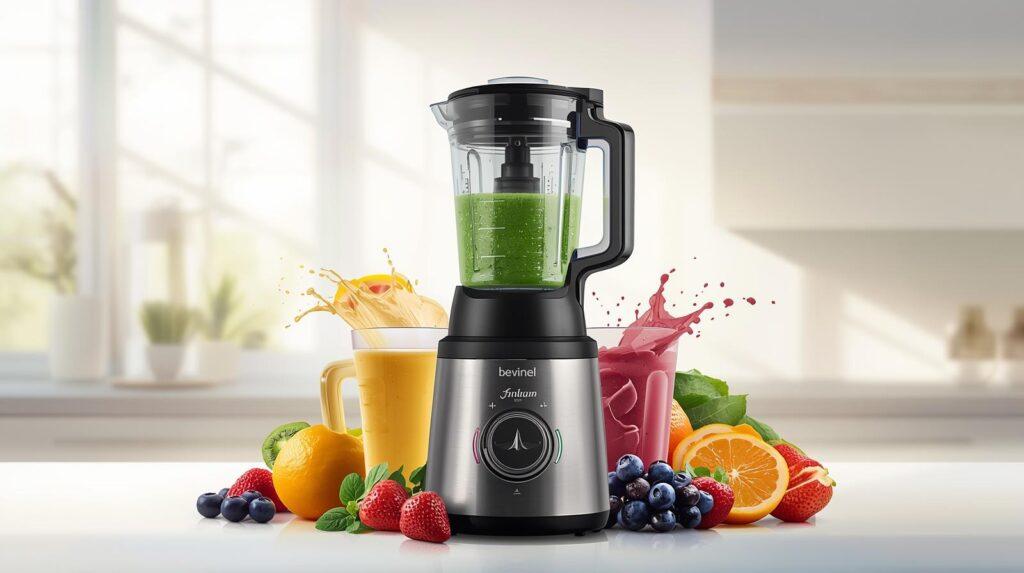
The mechanics of a Blender for Smoothies are straightforward yet efficient, relying on a combination of mechanical force and aerodynamic principles to achieve that velvety texture users crave. When you add ingredients to the blending jar—such as frozen bananas, almond milk, and kale—the sealed lid locks in place on the motorized base. Pressing the power button activates the high-speed blades, which rotate at 10,000-25,000 RPM, creating a vortex that draws ingredients downward for even blending.
This process, often called cyclonic action in some designs, mimics a mini tornado: the blades chop and puree from the bottom up, while the jar’s shape funnels tougher pieces toward the cutting edge. Liquids like juice or milk act as a lubricant, preventing motor strain and ensuring smooth operation. For tougher tasks, like blending ice for a frozen fruit smoothie maker recipe, the motor’s torque handles the resistance without overheating. In practice, most models feature one-touch operation: select a preset for smoothies, pulse for chunky textures, or run continuously for silkier results.
Advanced units might include variable speeds, allowing customization—low for soft fruits, high for greens. The entire cycle lasts 30-90 seconds, after which the jar detaches easily for drinking or storage. From a user’s viewpoint, this simplicity reduces prep time. No need for chopping if using pre-frozen items, and the self-contained design minimizes mess. If you’re curious about how to use a smoothie maker for beginners, start with softer ingredients to build confidence in the machine’s capabilities.
Benefits of Using a Smoothie Maker
Embracing a smoothie maker offers tangible advantages that extend beyond mere convenience, directly addressing common user pain points like time constraints and nutritional gaps. One primary benefit is enhanced nutrient intake: by blending whole foods, you retain fiber, vitamins, and antioxidants that might be lost in juicing. For example, a spinach-berry mix in a personal Blender for Smoothies delivers iron and vitamin C in a palatable form, making it easier to meet daily veggie quotas without cooking.
Time efficiency is another standout—preparing a meal replacement takes minutes, ideal for quick smoothie maker recipes on hectic days. Portability shines for commuters; many jars double as to-go cups, fitting seamlessly into gym bags or desk drawers. This addresses the best portable smoothie maker query by promoting mobility without bulk.
Health-wise, smoothie makers encourage experimentation with superfoods like chia seeds or turmeric, supporting digestion, immunity, and energy levels. They’re also cost-effective over time: homemade blends cut expenses on store-bought options, which can add up. Environmentally, reducing reliance on single-use plastics from packaged drinks aligns with sustainable living.
For families, a larger smoothie maker fosters shared wellness, turning blending into a fun activity. Users report better portion control, aiding weight management, and versatility for non-smoothie tasks like sauces or dressings. Overall, the benefits compound, making it a smart tool for long-term health goals.
Nutritional Boost: Preserves enzymes and fiber for better absorption.
Versatility: Handles smoothies, shakes, and purees.
Ease of Use: Minimal cleanup compared to traditional methods.
Key Features to Look For in a Smoothie Maker
When evaluating smoothie makers, focus on features that align with your blending habits, ensuring the appliance meets practical demands without unnecessary frills. Start with power output: 700+ watts is standard for handling ice and nuts in a high-powered Blender for Smoothies, but lower for basic fruit blends. Jar material matters—BPA-free plastic is lightweight and shatter-resistant, while glass offers durability but adds weight.
Capacity varies: 16-20 ounces suits solo users seeking a single-serve smoothie maker, whereas 32+ ounces works for groups. Blade configuration is crucial; dull or single-level blades lead to uneven textures, so opt for serrated, multi-angle designs. Speed settings provide control: at least three levels allow tailoring for delicate berries or tough kale in a smoothie maker with variable speeds.
Additional perks like preset programs (e.g., smoothie or ice crush) streamline use, while quiet operation—under 80 decibels—suits early mornings. Safety locks prevent accidental starts, and dishwasher-safe parts ease upkeep. Ease of assembly and storage is user-centric; compact bases fit small counters. Battery-powered options exist for cordless convenience, though they’re pricier.
| Feature | Description | Best For |
| Motor Power | 300-1200W range | Ice crushing vs. soft fruits |
| Jar Capacity | 12-64 oz | Personal vs. family use |
| Blade Type | Stainless steel, multi-tier | Smooth vs. chunky textures |
| Speed Settings | 1-10 variable | Customization needs |
| Presets | Smoothie, pulse, clean | Quick operation |
| Material | Plastic/Glass | Portability vs. durability |
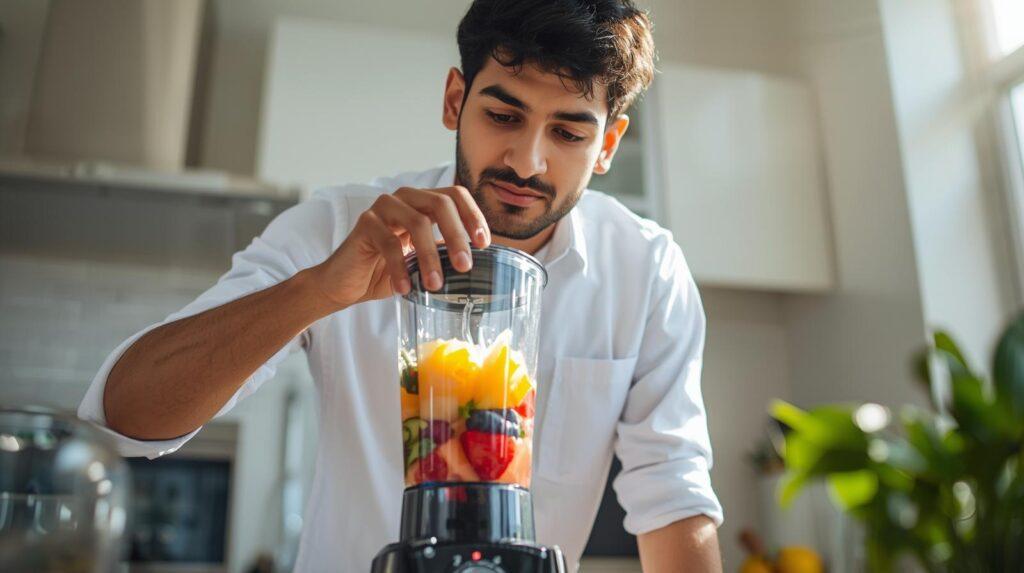
Safety Tips for Using a Smoothie Maker
Safety is paramount with any powered appliance, and smoothie makers are no exception, given their sharp blades and high speeds. Always unplug the unit before assembling or disassembling to avoid slips— a common oversight in rushed mornings. Inspect cords for frays and never immerse the base in water; wipe it down instead. For Blender for Smoothies safety for kids, store blades out of reach and supervise use, as small hands might tamper with lids.
Overloading strains the motor, so adhere to fill lines—typically two-thirds max—to prevent leaks or spills. Start on low speed with liquids at the bottom to create a stable base, reducing splash risks. If blending hot items (rare for smoothies), vent the lid to avoid pressure buildup. In case of jams, turn off and unplug before clearing with a tamper or spoon—never fingers near blades. Keep away from edges to prevent tipping, and use on stable surfaces. Regular checks for wear, like cracked jars, ensure longevity. Following these tips minimizes accidents, letting you focus on enjoying your blends worry-free.
Usage Ideas: Creative Recipes and Tips
A smoothie maker unlocks endless possibilities, from classic fruit fusions to savory twists, addressing queries like easy Blender for Smoothies recipes for weight loss. Begin with basics: layer liquids first, then powders, greens, fruits, and ice last for optimal blending.
🔹️Morning Energizer Smoothie: Blend 1 banana, a handful of spinach, 1 cup of almond milk, 1 tbsp peanut butter, and ice. This 200-calorie option kickstarts metabolism.
🔹️Tropical Detox: Pineapple chunks, cucumber, coconut water, ginger—refreshing and anti-inflammatory.
For protein boosts, add Greek yogurt or powder to a post-workout smoothie maker shake. Experiment with add-ins like oats for thickness or flaxseeds for omega-3s.
🔹️Tips for best results:
✅️ Freeze fruits in portions for creaminess without dilution.
✅️ Rotate ingredients mid-blend for uniformity.
✅️ Use nut milks for dairy-free vegan smoothie maker ideas.
🔹️Seasonal ideas: summer berry blasts or winter root veggie warmers (blend cold, then gently heat). For kids, hide veggies in chocolate-banana mixes. These ideas make the smoothie maker a daily ally in diverse diets.
Cleaning and Maintenance for Your Smoothie Maker
Proper cleaning preserves performance and hygiene, preventing residue buildup that affects taste or harbors bacteria. Immediately after use, fill the jar halfway with warm soapy water and a drop of dish soap, then run on high for 30 seconds—this self-cleaning hack works for most models. Rinse thoroughly and air-dry upside down. For stubborn spots, like berry stains, soak in a vinegar-water solution.
Disassemble weekly: wash blades under running water (handle carefully), and wipe the base with a damp cloth. Avoid abrasives to protect non-stick coatings. Monthly, check gaskets for cracks and lubricate if needed per the manual. Store in a dry spot to deter mold. For how to deep clean a smoothie maker, a baking soda paste scrubs gently. Consistent maintenance extends the life to 3-5 years, keeping your appliance efficient.
Troubleshooting Common Issues with a Smoothie Maker
Even reliable tools face hiccups; knowing how to address them keeps blending seamlessly. If it won’t start, check if the jar is securely locked—misalignment trips safety switches.
Noisy operation? Uneven loads cause vibrations; redistribute ingredients. Leaks stem from worn seals; replace with manufacturer parts. Overheating triggers auto-shutoff; let cool 15 minutes and avoid overloading. Dull blades yield chunky results—honing with ice cubes or professional sharpening helps. For a smoothie maker not blending well, ensure enough liquid and pulse initially. Persistent motor smells indicate overuse; rest it. Consult manuals for model-specific fixes, or contact support if under warranty. These steps resolve 90% of issues user-side.
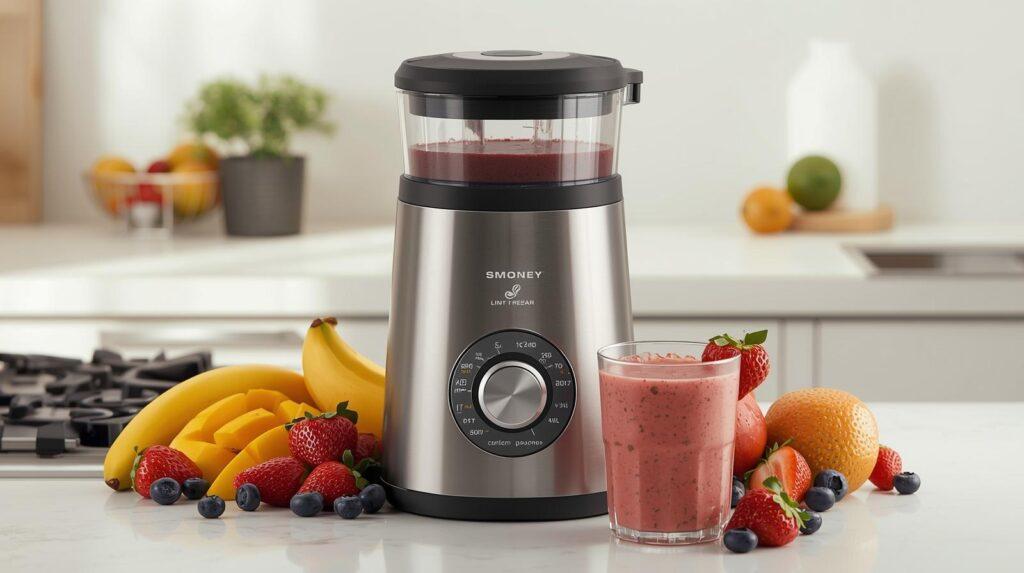
A Neutral Buying Guide for Smoothie Makers
Selecting a smoothie maker boils down to assessing needs without sales pressure. Budget: $20-50 for entry-level, $50-150 for mid-range with extras. Consider frequency: daily users benefit from durable builds, occasional users from basics. Space constraints favor a compact countertop Blender for smoothie designs. Weigh types:
| Type | Pros | Cons | Ideal User |
| Personal | Portable, affordable | Small capacity | Singles, travelers |
| Full-Size | Versatile, larger batches | Bulkier | Families, multi-taskers |
| High-Speed | Quick blends | Louder | Power users |
Conclusion
The smoothie maker stands as a practical, user-friendly tool that democratizes healthy eating, offering simplicity in a complex wellness landscape. From grasping its basic operations to mastering maintenance and recipes, this guide has covered the essentials to support your journey. Whether tackling Blender for Smoothies buying tips or daily blends, remember: the right knowledge turns potential frustrations into seamless routines.
FAQ
Can a smoothie maker crush ice?
Yes, most models with 700W+ power and dull blades manage ice well for frosty textures.
Are Blender for Smoothies dishwasher-safe?
Many jars and lids are, but check blades and bases—hand-wash if unsure.
How do I prevent fruit stains in my Blender for Smoothies?
Rinse immediately and use lemon juice soaks.
What’s a good smoothie maker recipe for beginners?
Banana, milk, honey—simple and forgiving.

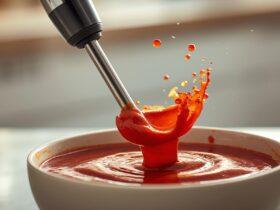
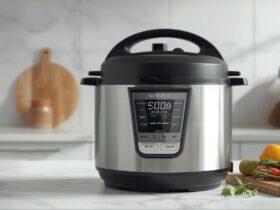
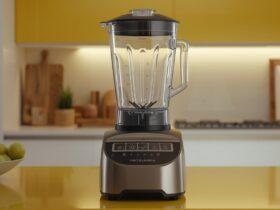
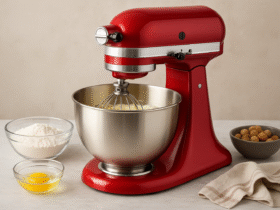

Leave a Reply